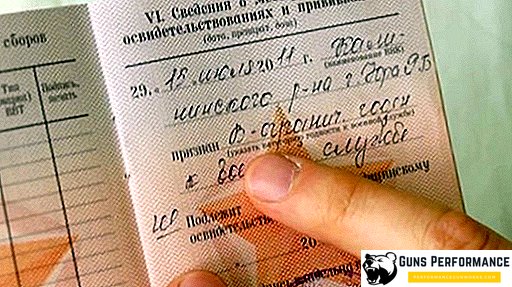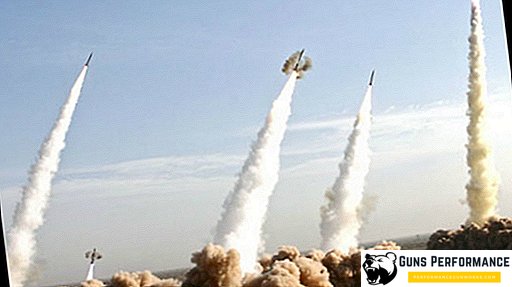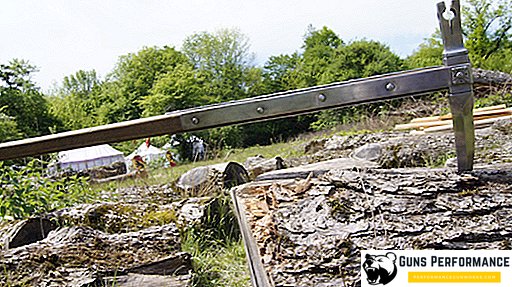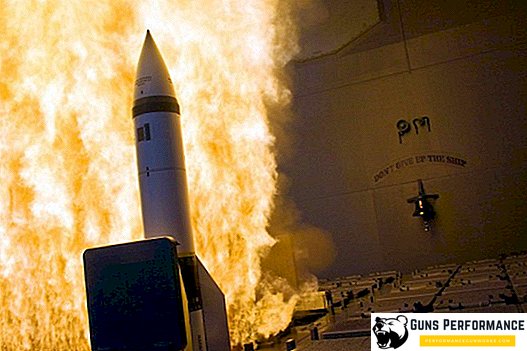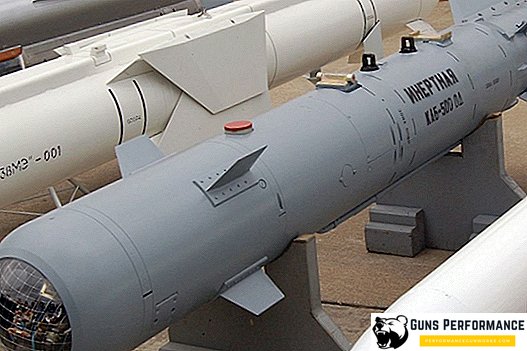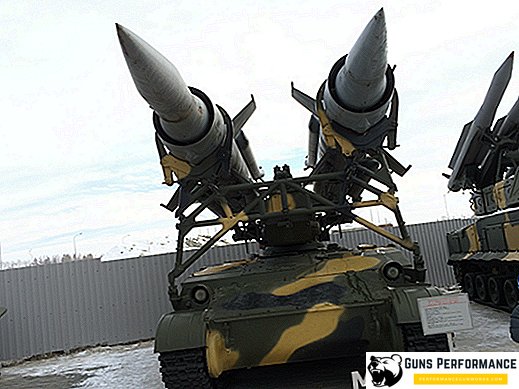Geiger counter - the main sensor for measuring radiation. It registers gamma, alpha, beta radiation and x-rays. It has the highest sensitivity in comparison with other methods of recording radiation, for example, ionization chambers. This is the main reason for its widespread distribution. Other sensors for measuring radiation are used very rarely. Almost all dosimetric monitoring devices are built precisely on Geiger counters. They are produced in large quantities, and there are devices of various levels: from military acceptance dosimeters to Chinese consumer goods. Now to buy any device for measuring radiation is not a problem.
The universal distribution of dosimetric instruments has not yet been recently. So by 1986, during the Chernobyl accident, it turned out that the population simply does not have any dosimetric reconnaissance devices, which, incidentally, further aggravated the consequences of the disaster. At the same time, despite the spread of amateur radio and circles of technical creativity, Geiger counters were not sold in stores, so making homemade dosimeters was impossible.
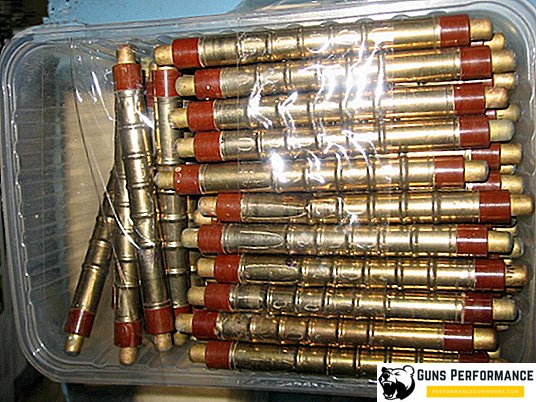
Geiger counters work principle
This is an electrovacuum device with an extremely simple principle of operation. The radioactive radiation sensor is a metal or glass chamber with metallization filled with discharged inert gas. In the center of the camera have an electrode. The outer walls of the chamber are connected to a high voltage source (usually 400 volts). Internal electrode - to a sensitive amplifier. Ionizing radiation (radiation) is a stream of particles. They literally transfer electrons from the high-voltage cathode to the anode filaments. It simply induces a voltage that can already be measured by connecting to an amplifier.
The high sensitivity of the Geiger counter is due to the avalanche effect. The energy that the amplifier registers at the output is not the energy of the ionizing radiation source. This is the energy of the high-voltage power supply unit of the dosimeter itself. A penetrated particle only transfers an electron (energy charge, which turns into a current, recorded by the meter). Between the electrodes introduced a gas mixture consisting of noble gases: argon, neon. It is designed to extinguish high-voltage discharges. If such a discharge occurs, it will be a false positive for the counter. A subsequent measurement circuit ignores such outliers. In addition, the high-voltage power supply must also be protected from them.
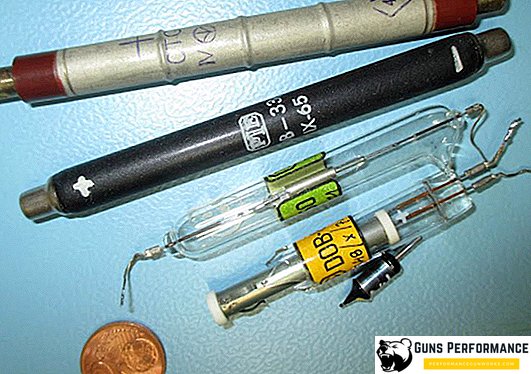
The power circuit in the Geiger counter provides the output current in several microamperes at an output voltage of 400 volts. The exact value of the supply voltage is set for each brand of the meter according to its technical specification.
Geiger counters capabilities, sensitivity, recorded emissions
With the help of a Geiger counter, gamma and beta radiation can be registered and accurately measured. Unfortunately, you can not recognize the type of radiation directly. This is done indirectly by installing barriers between the sensor and the object or terrain being examined. Gamma rays have high permeability, and their background does not change. If the dosimeter detected beta radiation, the installation of a separation barrier, even from a thin sheet of metal, would almost completely block the flow of beta particles.
The common sets of individual dosimeters DP-22, DP-24 did not use Geiger counters. Instead, an ionization chamber sensor was used there, so the sensitivity was very low. Modern dosimetric instruments on Geiger counters are thousands of times more sensitive. With them, you can register natural changes in the solar background radiation.
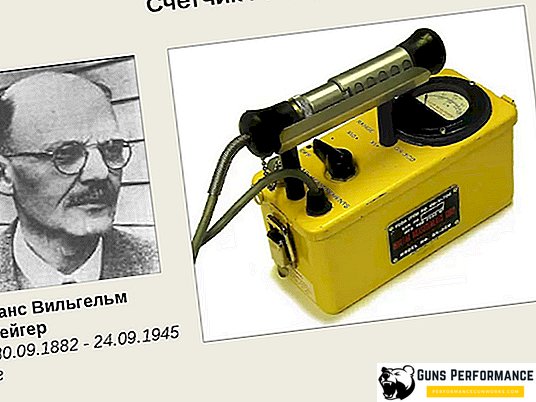
A remarkable feature of the Geiger counter is its sensitivity, which is tens or hundreds of times higher than the required level. If the meter is turned on in a completely protected lead chamber, it will show a huge natural radiation background. These readings are not a defect in the design of the meter itself, which has been verified by numerous laboratory tests. Such data are a consequence of the natural radiation cosmic background. The experiment only shows how sensitive the Geiger counter is.
Specifically for measuring this parameter, the technical characteristics indicate the value of the sensitivity of the imp pulse counter meter (pulses per microsecond). The more of these pulses, the greater the sensitivity.
Radiation measurement by Geiger counter, dosimeter circuit
The dosimeter circuit can be divided into two functional modules: a high-voltage power supply unit and a measuring circuit. High Voltage Power Supply - Analog. The measuring module on digital dosimeters is always digital. This is a pulse counter, which displays the corresponding value in the form of numbers on the instrument scale. To measure the dose of radiation, it is necessary to count the pulses per minute, 10, 15 seconds or other values. The microcontroller recalculates the number of pulses to a specific value on the scale of the dosimeter in standard radiation units. Here are the most common ones:
- X-ray (usually used x-ray);
- Sievert (mikrozivert - mSv);
- Rem;
- Gray, glad
- flow density in microwatts / m2.
Sievert is the most popular radiation measurement unit. All norms are correlated to it, no additional recalculations are required. Rem - a unit for determining the effect of radiation on biological objects.
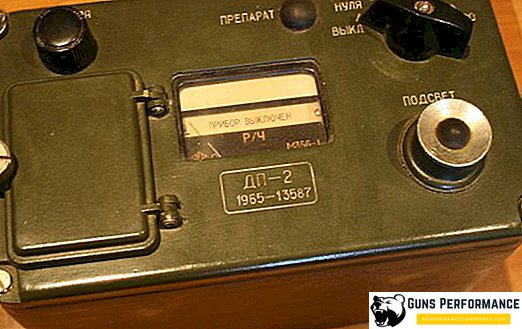
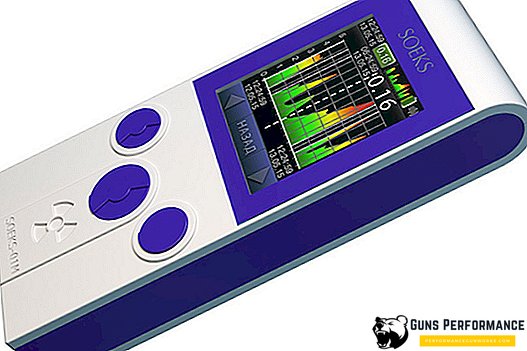
Comparison of the gas-discharge Geiger counter with a semiconductor radiation sensor
The Geiger counter is a gas-discharge device, and the current trend of microelectronics is the universal disposal of them. Dozens of variants of semiconductor radiation sensors have been developed. The background radiation level recorded by them is much higher than for Geiger counters. The sensitivity of the semiconductor sensor is worse, but it has another advantage - cost effectiveness. Semiconductors do not require high voltage power. For battery powered portable dosimeters, they are well suited. Another advantage is the registration of alpha particles. The gas volume of the meter is substantially larger than the semiconductor sensor, but still its dimensions are acceptable even for portable technology.
Measurement of alpha, beta and gamma radiation
Gamma radiation is the easiest to measure. This is electromagnetic radiation, which is a stream of photons (light is also a stream of photons). Unlike light, it has a much higher frequency and a very short wavelength. This allows it to penetrate atoms. In civil defense, gamma radiation is penetrating radiation. It penetrates through the walls of houses, cars, various structures and is held back only by a layer of earth or concrete of several meters. Registration of gamma quanta is carried out with the dosimeter graduation according to the natural gamma radiation of the sun. No radiation sources required. It is quite another thing with beta and alpha radiation.
If α (alpha-radiation) radiation is ionizing, it comes from external objects, then it is almost safe and is a stream of helium atoms. The range and permeability of these particles is small - a few micrometers (maximum millimeters) - depending on the permeability of the medium. Because of this feature, it almost does not register with a Geiger counter. At the same time, registration of alpha radiation is important, since these particles are extremely dangerous when they penetrate inside the body with air, food, and water. For their decree Geiger counters are used limited. Special semiconductor sensors are more common.
Beta radiation is perfectly recorded by a Geiger counter, because the beta particle is an electron. It can fly hundreds of meters in the atmosphere, but is well absorbed by metal surfaces. In this regard, the Geiger counter must have a window of mica. The metal chamber is made with a small wall thickness. The composition of the internal gas is selected in such a way as to ensure a small pressure drop. A beta radiation detector is placed on a remote probe. In everyday life, such dosimeters are not widespread. These are mainly military products.
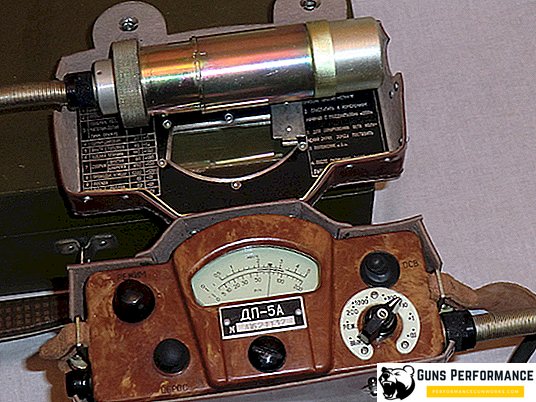
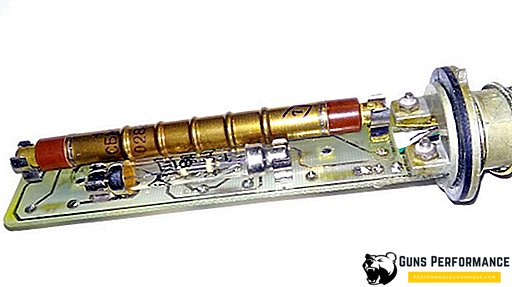
Individual dosimeter with Geiger counter
This class of devices is highly sensitive, unlike older models with ionization chambers. Reliable models are offered by many domestic manufacturers: "Terra", "MKS-05", "DKR", "Radeks", "RKS". These are all stand-alone devices with data output to the screen in standard units. There is a mode of indication of the accumulated dose of radiation, as well as the instantaneous background level.
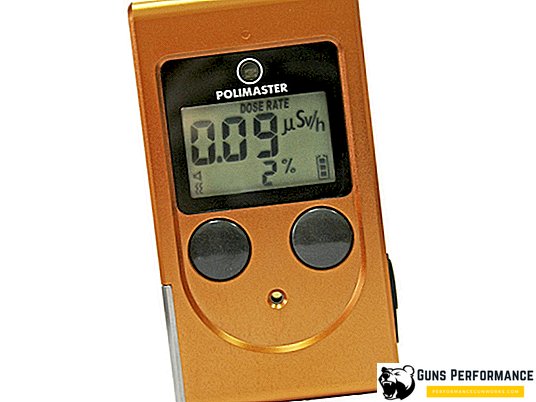
A promising direction is a household dosimeter-prefix to a smartphone. Such devices are produced by foreign manufacturers. They have rich technical capabilities, there is a function of storing indications, costing, recalculation and summation of radiation for days, weeks, months. So far, due to low production volumes, the cost of these devices is quite high.
Homemade dosimeters, why are they needed?
The Geiger counter is a specific element of the dosimeter, completely inaccessible for independent production. In addition, it is found only in dosimeters or sold separately in radio stores. If this sensor is available, all the other components of the dosimeter can be assembled independently from parts of various consumer electronics: televisions, motherboards, etc. About a dozen designs are now offered on amateur radio sites and forums. It is worth collecting them, as these are the most mature options, having detailed tutorials for setting up and adjusting.
The circuit for turning on a Geiger counter always implies a high voltage source. Typical meter operating voltage is 400 volts. It is obtained according to the blocking generator circuit, and this is the most complex element of the dosimeter circuit. The output of the counter can be connected to a low-frequency amplifier and count the clicks in the speaker. Such a dosimeter is assembled in case of emergency, when there is practically no time for production. Theoretically, the output of a Geiger counter can be connected to the audio input of household equipment, such as a computer.

Self-made dosimeters suitable for accurate measurements are all assembled on microcontrollers. Programming skills are not needed here, as the program is recorded ready from the free access. The difficulties here are typical for home electronic production: obtaining a printed circuit board, soldering radio components, and making the case. All this is solved in a small workshop. Self-made dosimeters from Geiger counters are made in cases where:
- There is no possibility to purchase a ready-made dosimeter;
- need a device with special characteristics;
- it is necessary to study the process of building and adjusting the dosimeter.
The homemade dosimeter is calibrated against a natural background with the help of another dosimeter. This is where the construction process ends.


